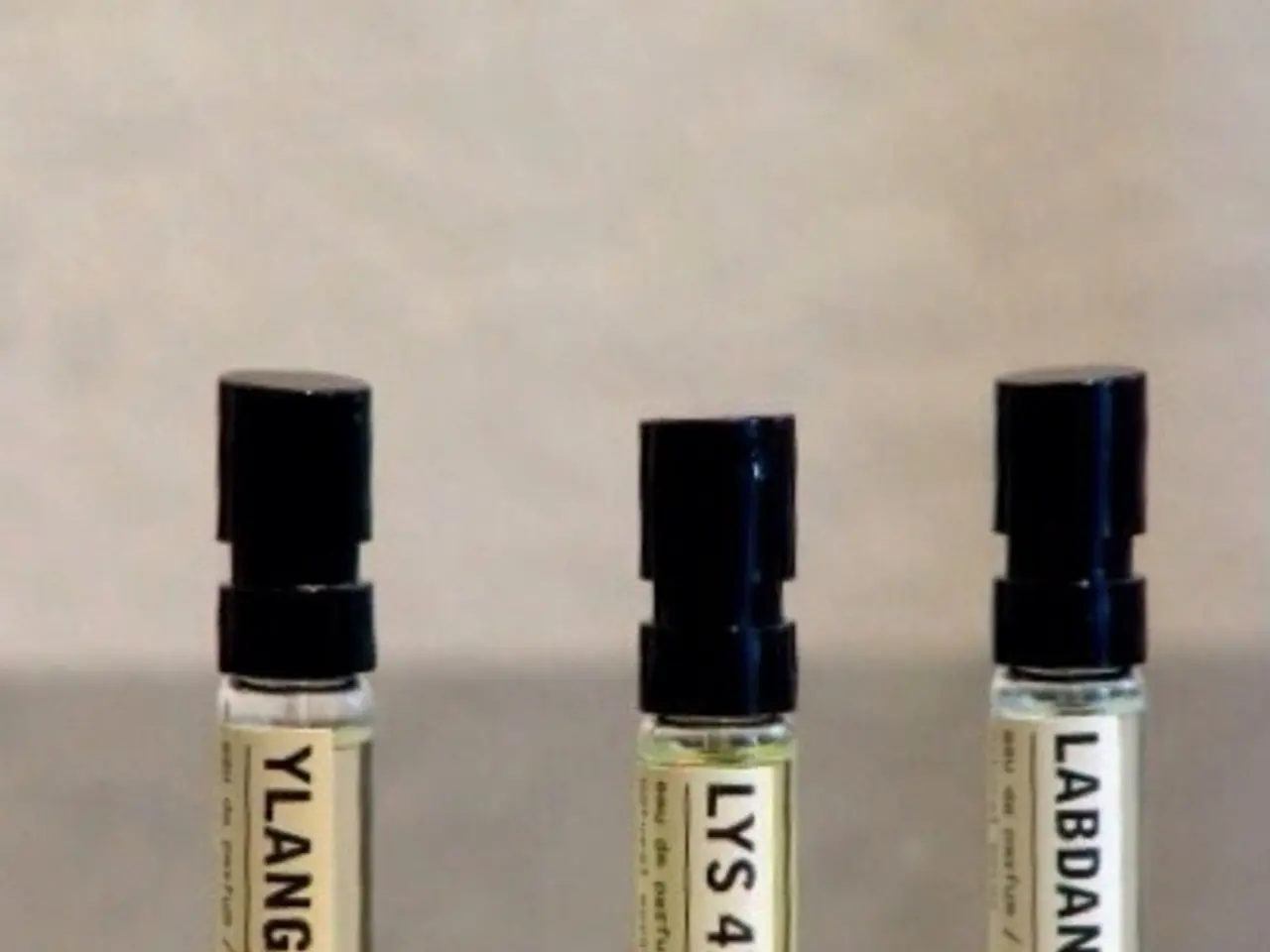Perfume-related headaches: Investigations and additional insights
Perfume-related headaches and olfactory migraine attacks are a common issue for many individuals, particularly those with a heightened sensitivity to certain fragrances. These episodes can be debilitating, causing significant discomfort and interfering with daily activities.
Research suggests that the primary causes of these headaches are chemical irritants found in perfumes and the resulting neurological and immune responses.
Chemical Irritants in Perfumes
Many fragrances contain alcohols, solvents, and synthetic chemicals that can activate mast cells, which are found in the skin, lungs, and nervous system. When activated, these cells release histamines and other inflammatory mediators, contributing to headache and migraine onset in sensitive individuals.
Sensory Stimuli Triggering Migraine
Strong odors, including perfumes, serve as sensory stimuli that trigger a cascade of neurophysiological reactions. These reactions involve the trigeminovascular system, a key pathway in migraine pathogenesis, which connects sensory neurons in the face and head to blood vessels and brain regions that process pain and inflammation.
Neurological Sensory Amplification
Individuals with heightened sensory sensitivity, such as those with fibromyalgia or multiple chemical sensitivities (MCS), may experience exaggerated olfactory signaling. This can lead to increased neurotransmission to olfactory centers and autonomic nervous system changes, intensifying the perception of odors and resulting in headache triggers.
Inflammatory and Vascular Components
Exposure to perfume chemicals can provoke local and systemic inflammation, as well as blood vessel changes, contributing to migraine. Mast cell mediators and neuropeptides can cause dilation and sensitization of cerebral vessels, exacerbating headache symptoms.
Related Conditions
People with conditions such as MCAS (mast cell activation syndrome) or MCS are particularly prone to fragrance-induced headaches due to underlying dysregulation of immune and nervous system responses to chemical exposures.
In addition to perfumes, odors from cleaning products, cigarette smoke, and motor vehicle exhaust can also trigger migraine episodes.
Fragrance Compounds and the Central Nervous System
Fragrance compounds can cross the blood-brain barrier and interact directly with receptors in the central nervous system, potentially contributing to migraine and headache symptoms.
Prevalence of Fragrance Sensitivity and Olfactory Hallucinations
Fragrance sensitivity, which refers to sensitivity or allergic reactions to certain fragrances or perfumes, is present in 1-4% of the general population. Olfactory hallucinations, or the perception of a smell that does not exist in a person's environment, occur in about 0.1% of adults with migraine, but may be more common during childhood.
A 2014 study involving children and adolescents with migraine found a prevalence of 3.9% for olfactory hallucinations. These hallucinations can persist for up to 3-7 days after the migraine episode subsides.
Seeking Medical Help
Individuals experiencing frequent migraine symptoms that interfere with their daily life should speak with a doctor to determine possible causes and triggers of a migraine episode and to receive appropriate treatment. An understanding of potential triggers, such as perfumes and other odors, can help a person avoid them and prevent a migraine episode.
A 2020 study found that many individuals with migraine do not undergo appropriate treatment, and according to the American Migraine Foundation, less than half of people with migraine seek medical help. It is essential to address migraine symptoms promptly to prevent long-term complications and improve quality of life.
Those with osmophobia, or a fear, aversion, or psychological hypersensitivity to smell, tend to have higher migraine-related impairment.
In summary, perfume-related headaches and olfactory migraine attacks arise from chemical irritation and immune activation that trigger neurological pain pathways, with sensory overstimulation and vascular-inflammation mechanisms playing central roles. Individuals with chemical sensitivities or chronic sensory amplification disorders are especially vulnerable to these triggers.
- Sensitive individuals, prone to perfume-related headaches and migraines, are often affected by chemical irritants found in various fragrances, including alcohols, solvents, and synthetic chemicals that can activate mast cells and contribute to headache onset.
- Strong odors, such as perfumes, serve as sensory stimuli that can trigger a cascade of neurophysiological reactions, involving the trigeminovascular system and leading to increased neurotransmission to olfactory centers and potential headache triggers.
- Individuals with heightened sensory sensitivity, like those with fibromyalgia, multiple chemical sensitivities, or related neurological disorders, may experience exaggerated olfactory signaling and intensified perceptions of odors, which can further trigger headaches.
- Migraine can be exacerbated by exposure to perfume chemicals, as they can provoke local and systemic inflammation and blood vessel changes, potentially causing dilation and sensitization of cerebral vessels, further aggravating headache symptoms.
- Certain conditions, such as mast cell activation syndrome, multiple chemical sensitivities, and chronic sensory amplification disorders, increase an individual's susceptibility to migraines triggered by fragrance and other chemical exposures, demonstrating a connection between mental health, health and wellness, and therapies for treatments of neurological disorders.




